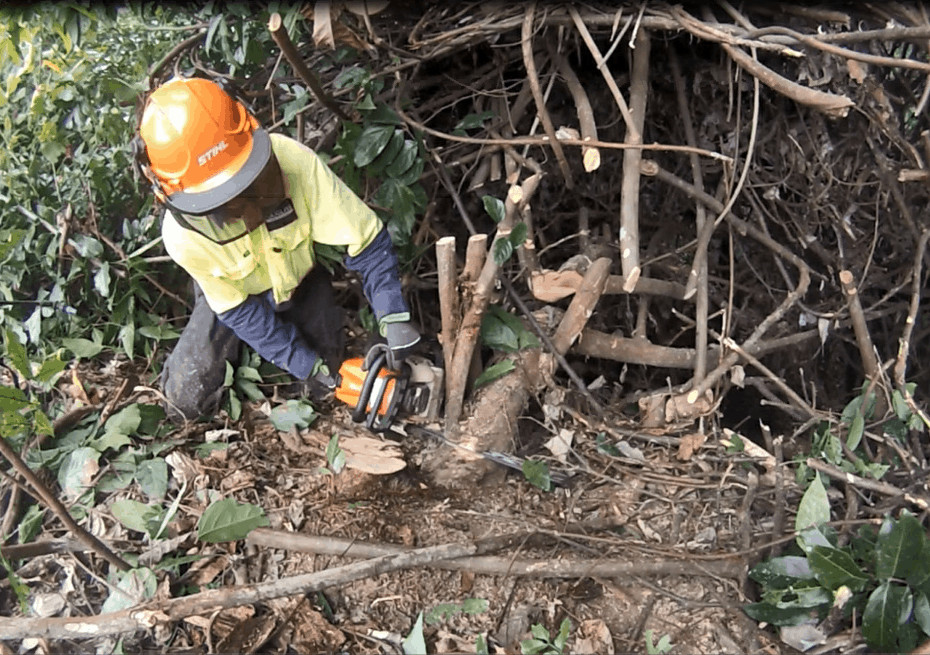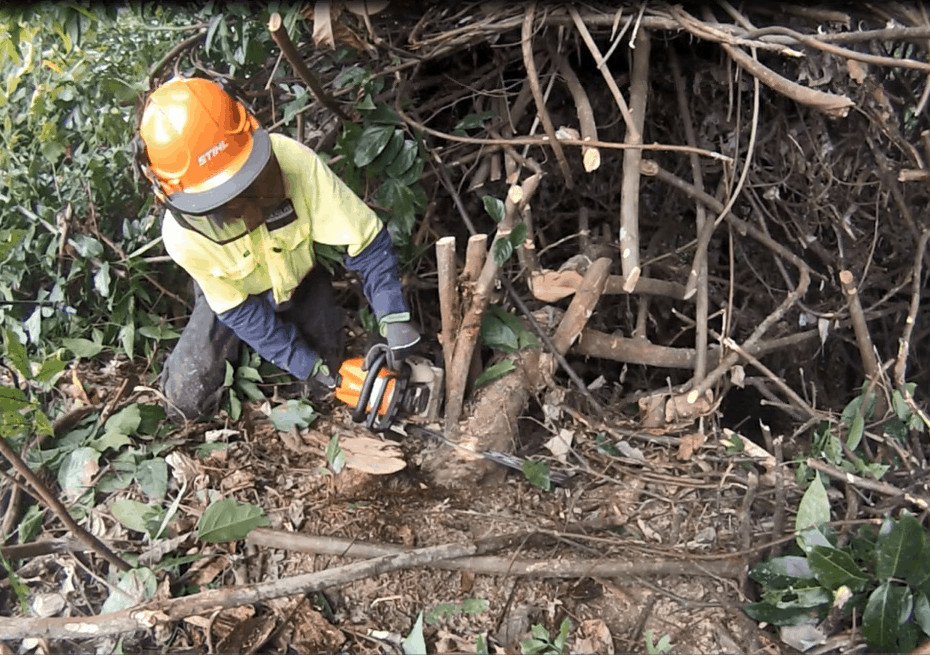COUNCIL’s biosecurity team is taking up arms and bolstering their efforts to protect the Daintree Rainforest against invasive weeds.
Douglas Shire Council will receive $180,000 over four years through Terrain NRM to eradicate hiptage from rainforest around the Mossman River catchment.
About 3,000 plant species from over 210 families are found in Wet Tropics region.

Council’s Coordinator Public Spaces Peter Logan said hiptage poses a serious threat to our rainforest.
“Our crews will be working on the ground to target this invasive weed and restoring native vegetation to protect the ecosystem,” he said.
“Some of the world’s primitive flowering plants grow within our region and at least 50 species are found only within the tropics and rarely seen anywhere else.
“Thirteen of these species cannot be found anywhere else in the world.”
The Daintree National Park is home to some of Australia’s rarest species of wildlife and one-third of Australia’s 315 mammal species live in the Daintree Rainforest, including the Mossman Gorge.
Terrain NRM is working with local councils and the Far North Queensland Regional Organisation of Councils on a four-year project to improve 1000 hectares of native vegetation through assisted regeneration, planting trees, weed control and fire management.
The $641,000 project, funded by the Queensland Government’s Natural Resources Investment Program, will begin at sites in the Daintree, on the Cassowary Coast and the Atherton Tablelands.
Douglas Shire Mayor Julia Leu said funding would strengthen Council’s efforts to improve ecosystems in the region.
“Council’s staff do an excellent job looking after our Daintree Rainforest through activities such as weed control and feral pig trapping,” she said.
“We welcome this funding and look forward to working closely with Terrain NRM and the State Government to eradicate hiptage from the Douglas Shire.”
Terrain NRM’s project leader Tony O’Malley said the invasive weed hiptage was smothering rainforest in the Mossman River area.
This funding is bringing councils in the region together to collectively decide on the most important areas of native vegetation that they can measurably improve over the next few years through on-ground works,’’ Mr O’Malley said.
“The focus is on improving the resilience of big patches of native vegetation including remnant vegetation and regional ecosystems listed as endangered or ‘of concern’.”

